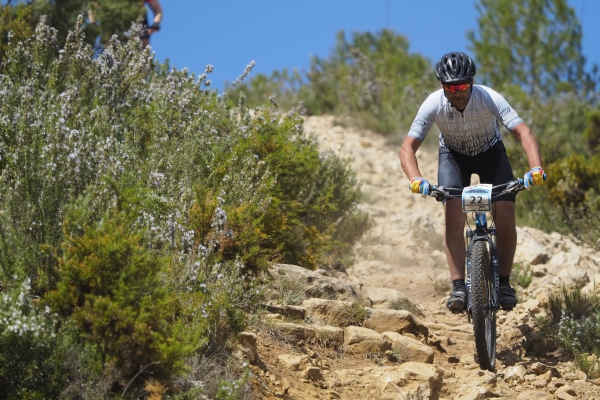Essential Guide for the Mountain Biking Junkie

Cycling is a great way to get stay in shape, clear your mind, and get away from the hustles of everyday life. Mountain biking adds that little bit more excitement and skill.
If you are looking for a sport that’s adventurous, provides the opportunity for a great cardio workout, tones your torso, arm, and leg muscles, and which keeps your mind sharp and focused then mountain biking is the sport for you.
"Deciding to ride to work rather than drive is a great way to keep in shape and keeps your heart functioning optimally", say experts from Birk Sport.
Let’s take a look at some basic knowledge that will set you off on your path to a wonderful biking experience (if you happen to be a beginner), or to build further on what you already know, if you are rather quite experienced.
Types of Mountain Bikes
The route you intend riding on will determine the choice of bike that you will need. The type of terrain that a bike can ride on depends on the suspension type and wheel diameter of the bike.
Types of bikes based on suspension
- Rigid mountain bikes: these do not have any suspension. They are very easy to maintain and are less expensive than the other bike types. However they have lesser comfort. They are good in absorbing impact while riding because of the wide tires and low tire pressure.
- Hard-tail mountain bikes: the rear of the hard-tail bike does not have any suspension. The front of the bike has a fork suspension that helps absorb any impact at the front of the bike while riding. The fork suspension can be disengaged, for a situation where a fully rigid bike is desirable. These bikes are easy to maintain because they have fewer moving parts. They are also less expensive. Cross country riders often prefer hard-tail bikes as these allow the direct transfer of all power between the pedal strokes and the rear tire of the bike.
- Full suspension bikes: the full suspension bike has many variations. They are very efficient at absorbing impact while riding as a result of the front suspension fork and the rear shock. These bikes are very comfortable to ride, have increased traction, and very minimal shock impact on the rider. The rear suspension of the bike can also be disengaged to allow increased power transfer while climbing uphill and to reduce bobbing if you happen to lose some energy transfer during the climb.
Types of bikes based on the wheel size
- 26” wheels: 26 inch wheels were the common wheels for mountain bikes before recent times. It is known for its ease in maneuver and responsiveness.
- 27.5” wheels: these wheels move through rough terrains more easily than the 26” and are more maneuverable than the 29”. They are found on both the hard-tail rig and full suspension mountain bikes.
- 29” wheels: these wheels are heavy and are often difficult to gain acceleration but once they start moving are able to conquer more terrain than the 26” and 27.5” wheels.
Accessories for Mountain Bikes
Helmets
Mountain bike helmets offer more coverage and protection than other cycling helmets. A good helmet should provide enough coverage for the back of the head and enable good ventilation. Downhill riders often go for full face helmets. Avoid using heat damaged helmets. Heat damaged helmets have bubbles formed on the helmet parts. Always change your helmet if you experience a crash that causes a significant impact on the helmet. Do this even if the helmet looks ok. If you do not experience a crash ensure you replace your helmet every five years.
Hydration Backpacks
Hydration backpacks provide convenience for mountain bikers. It is advisable to go for packs that have an extra layer for snacks, repair essentials, and extra clothing.
Pedals
Beginners are advised to start off with flat platform pedals. You can get on and off the bike easily and put your foot down without having to unclip from the pedal. Clipless pedals on the other hand attach to your shoes and provide more power transfer and control. It however requires practice to get used to connecting and disconnecting your shoes from the pedals.